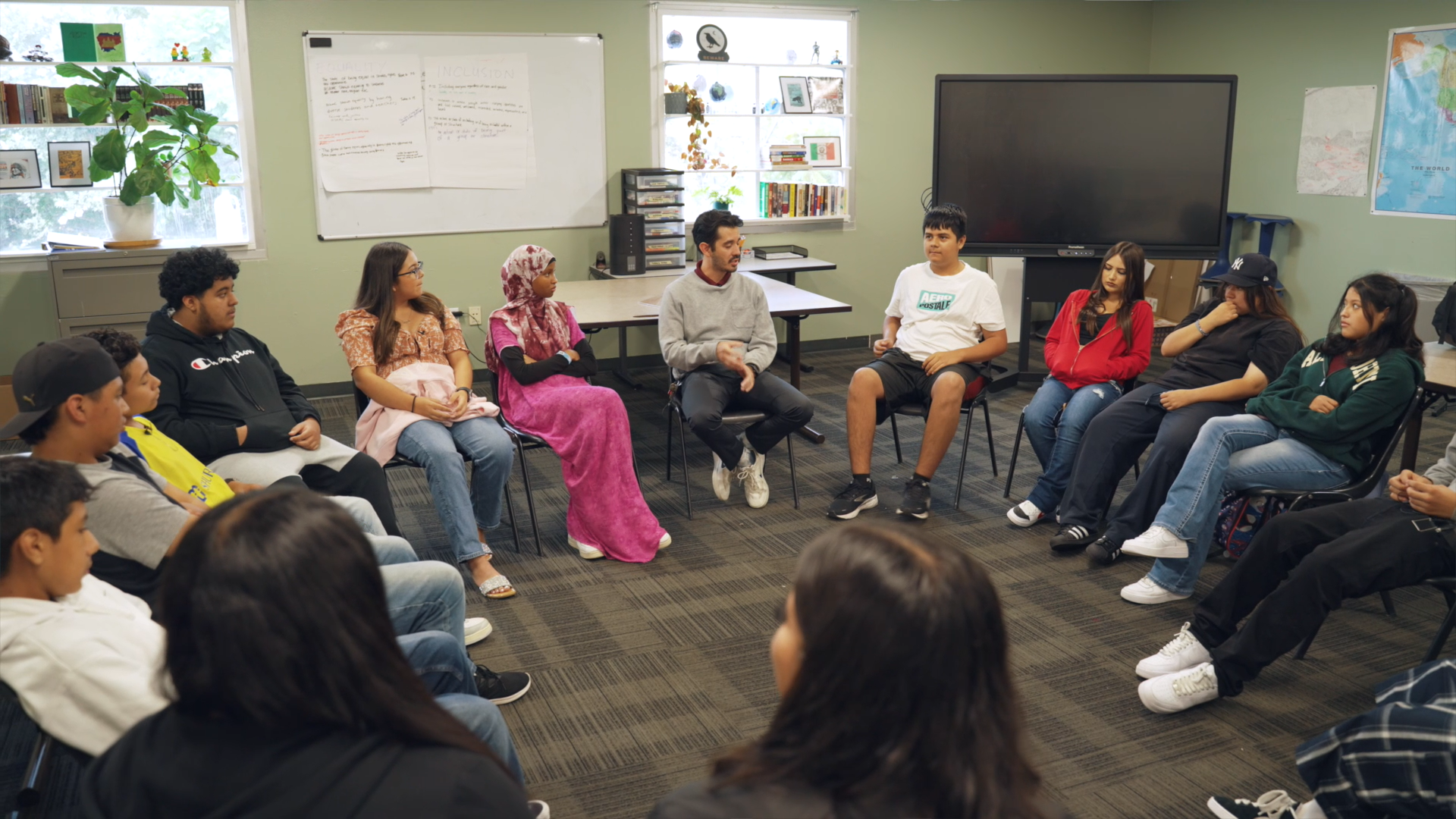People undervalue the importance of creating a classroom environment where every student feels a strong sense of belonging and are connected to others, but creating this type of atmosphere is paramount for learning. So, how do you do it? Check out some ways that you can create the perfect environment that encourages students to strive for excellence and embrace their uniqueness.
1. Create a Family Atmosphere
Sure, families have difficulties at times—and not all families are created equal, but families stick together. Do team building activities in the beginning of the year, and all throughout the year to create a family of learners; this will pay off in dividends!
2. Keep Them Guessing
Established routines are important, but switching up partners and groups keeps students interacting and building rapport with one another. Suspense in not knowing what comes next can create great energy and eagerness of participation.
3. Give Them Choice
Students who feel that their voice matters are more likely to engage in activities. Solicit student voice as much as possible. Allow students to engage in project-based learning and genius hour activities to direct their learning.
4. Be Consistent
Students are quick to understand the rules and regulations of a classroom and they observe EVERYTHING! Make sure that you are fair, firm and consistent with enforcing classroom procedures and violations—and students will respond accordingly. Each day is an opportunity to start over.
5. Celebrate Success
Look for the small and big successes of EVERY student—and celebrate them in your classroom. Positive reinforcement has been shown to be the best motivator for success. Students who feel valued and believe they can achieve, strive harder.
6. Positive Feedback
The old saying “it’s not what you say, but how you say it” rings true. Make your feedback appropriate and objective in a positive tone. Students can handle feedback that challenges them or talks of missing the mark, only if it is done with dignity and respect. Think win-win!
7. Not All Are Created Equal
This may seem in direction contrast to the advice on being consistent, but humor me! Every student is an individual—and their needs are unique. Treating each student with equity requires finesse, a special touch. Get to know what works with the individual students in your classroom and adjust your approach accordingly. If each student is receiving what they need, they are unlikely to complain that you are being unfair.
8. Design Your Space for Learning
The physical space in your classroom should be carefully designed so that it maximizes learning for all students. Long gone (or should be) desks in a row. Your classroom floor plan should be inviting, yet practical for the type of learning experiences happening in your class.
9. Encourage Failing Forward
Zero tolerance policies have serious consequences for students. Allow students opportunities for mastery, even after they failed. If students embrace the idea that it is about the learning, not grade—they are more likely to keep trying and not shut down. When a student sees no opportunity for success, they can often become a behavior problem.
10. Build Positive Relationships!
The best teachers know that it comes down to this one thing—relationships. Take the time to know your students. Find out their hobbies and interests, attend their extra-curricular events, write them notes of positivity or give subtle messages of affirmation. Never let them guess how you feel about them; every student should know that they are special and important in your classroom.
In this classroom, we apologize, we forgive, we respect one another, we encourage each other, we celebrate, we belong—we are a family!








